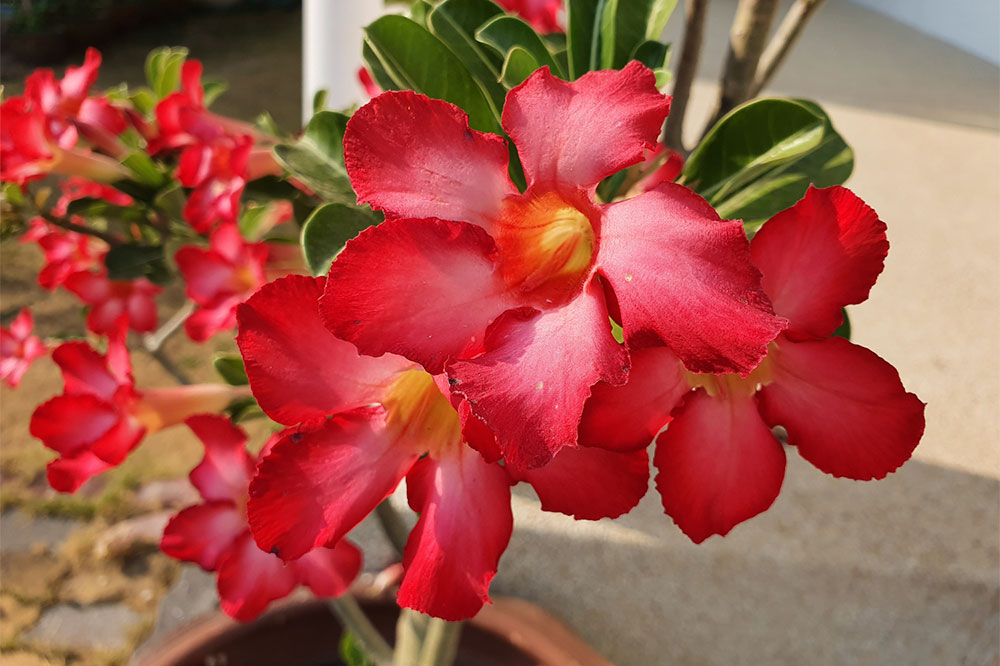7 fashion mistakes to avoid in the winter

Looking fashionable and sophisticated during the freezing winter months doesn’t have to take a backseat! Saying goodbye to one’s summer wardrobe can be difficult. However, there is nothing quite like the snug, comfortable clothing options available in the winter. As one prepares to swap out their dresses, linen shirts, and shorts with cashmere knits, jumpers, and coats for the winter season, here are a few winter fashion mistakes to avoid:
1. Skipping layers
Staying warm is essential to reducing the risk of hypothermia in colder seasons. One of the best ways to do so is by layering. This allows for customization to maintain the right body temperature. When layering, it is important to ensure that the layers are snug and allow air to circulate. This can help improve insulation against the cold. Always ensure that the last layer is the longest and sits well over the other layers; otherwise, one might end up looking frumpy. Keep the following in mind when choosing the layers:
- Base layer
Opt for a snug undershirt as the base layer. This is the first layer of defense against the cold. In cases of temperature shifts, the undershirt can absorb or trap sweat, reducing the risk of shivering or chills. For this layer, pick a synthetic material such as polyester or a natural fabric like wool or silk. - Middle layer
The middle layer is responsible for trapping heat and providing insulation from the cold. Choose a warm sweatshirt, sweater, flannel, or fleece option made from a synthetic or natural fabric. If needed, add a quilted vest or a puffer jacket for extra warmth. Ensure that the middle layer pairs well with one’s choice of pants, as they might take off their top layers indoors, like in cafes or museums. - Top layer
The third layer is protective. It acts as a shield against the elements of nature, such as snow, rain, wind, etc., and keeps the inner layers dry. A coat or a thick sweater with a warm lining is ideal. When choosing an ideal top layer, be sure to check the fit. A jacket or coat that is too tight may not fit over other layers, leaving one cold and uncomfortable. For the top layer, opt for a synthetic material, a mix of synthetic and down, or a combination of synthetic and wool to get adequate protection. Look for variants labeled “waterproof” instead of “water-resistant,” as they are likely to hold up better in the face of extreme weather. The top layer should be chosen according to one’s height. Straight-cut coats or the ones sinched at the waist often look the best.
2. Ignoring accessories
People often seem to forget to accessorize when dressing up in the winter. While regular jewelry pieces may get lost in the layers of clothing, several winter accessories can add flair to one’s outfit. For instance, opting for a nice pair of gloves, paired with a chic hat, scarf, or beanie, can help one stay warm while adding depth to one’s look. They can also be an easy way to add some color to one’s outfit!
3. Wearing the wrong footwear
Remember the shoes when putting an outfit together during the winter? Give the stilettos a rest, and opt for stylish yet safe and sturdy shoes with rubber treads for some grip. This will minimize the risk of falling or slipping on ice. When wearing perforated booties and boots with low cut-outs, ensure that the socks aren’t showing. If the weather isn’t too cold, one can style their rain boots with a knit skirt layered over a button-down, vibrant wool coat. This is the perfect outfit to get out of the winter blues! Additionally, if it gets too cold, wear tights. Here are a few other quick tips for choosing the proper winter boots:
- Choose footwear based on the activity as well as the weather conditions.
- When heading out in sub-freezing conditions or for short walks through the snow, opt for heavy-duty pac boots.
- In cool weather and shallow snow conditions, lighter winter boots or insulated hiking boots are ideal.
- When trekking in snow, add gaiters for added warmth and protection.
- Always test the shoes to check if they have been treated with a durable water repellent (DWR). If they have, water tends to bead up and roll off the boot. If not, it is advisable to invest in a DWR spray or solution and treat the shoes before wearing them.
- Shoes or boots that lace up tend to provide a better fit as compared to slip-ons or zip-up shoes.
- Look for boots with a higher shaft, as these are better equipped to keep snow out as compared to ankle shoes.
- When buying winter shoes or boots, ensure they offer a snug but not a tight fit. Leave some room for a pair of thick, non-cotton socks. Tight-fitting boots may cause pain and restrict blood circulation in the legs.
4. Forgetting to play with textures
People often mistake winter fashion for being rather plain or boring. But it doesn’t have to be! Winter is a great time to experiment with soft and hard textures like cord, velvet, cashmere, wool blends, velour, satin, silk, leather, denim, crepe, and lycra. To add depth to one’s outfits, play around with these textures. Popular choices include ribbed tops, cable-knit jumpers, leather-based pants or skirts, faux-fur coats, and puffer coats. One can also opt for suede bags or shoes or a velvet scrunchie or headband to enhance their look.
5. Leaving out socks or tights
Another common mistake people make during the early winter months is forgetting to keep their legs warm. Many people opt for a puffer jacket but stick to the same pair of leggings or jeans from the summer months. This can make the legs freeze. Opt for thermal leggings under pants to stay warm. Alternatively, one can wear a pair of long socks or thermal tights underneath skirts or shorts for a fashionable yet warm outfit. To add more warmth and layer, one can opt for knee-high boots. Cable knit dresses, especially those in neutral shades, also pair well with thermal leggings.
6. Wearing fingerless gloves
Fingerless gloves are a great option to help with better grip at the gym. In the winter, however, they serve very little purpose. They offer minimal-to-no protection for one’s digits, leaving them cold and prone to frostbite. Invest in a pair of wool or faux leather gloves to keep the hands warm and cozy in the freezing weather. For formal wear, one can opt for neutral shades that pair well with all kinds of outfits, whereas one can experiment with colors and textures when going out for winter activities, parties, or dinners.
7. Only wearing dark colors
While some people enjoy the look of dark outfits, it can make one look washed out and perhaps even glum. Instead of all-dark layers, spruce up outfits with a splash of color, such as a white or tan cardigan, a pink scarf, or a bright hoodie.







